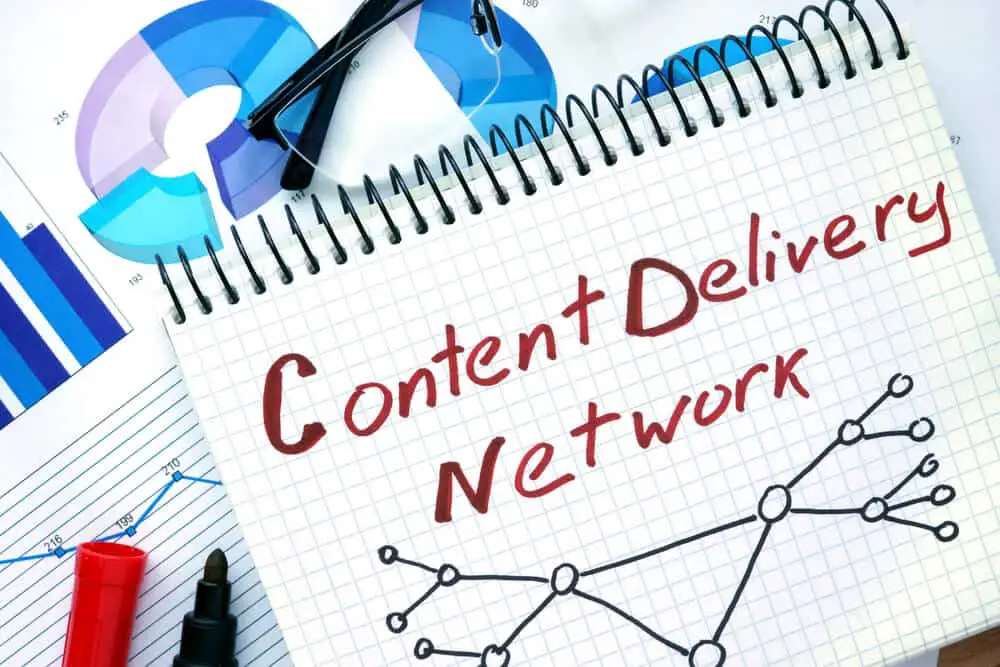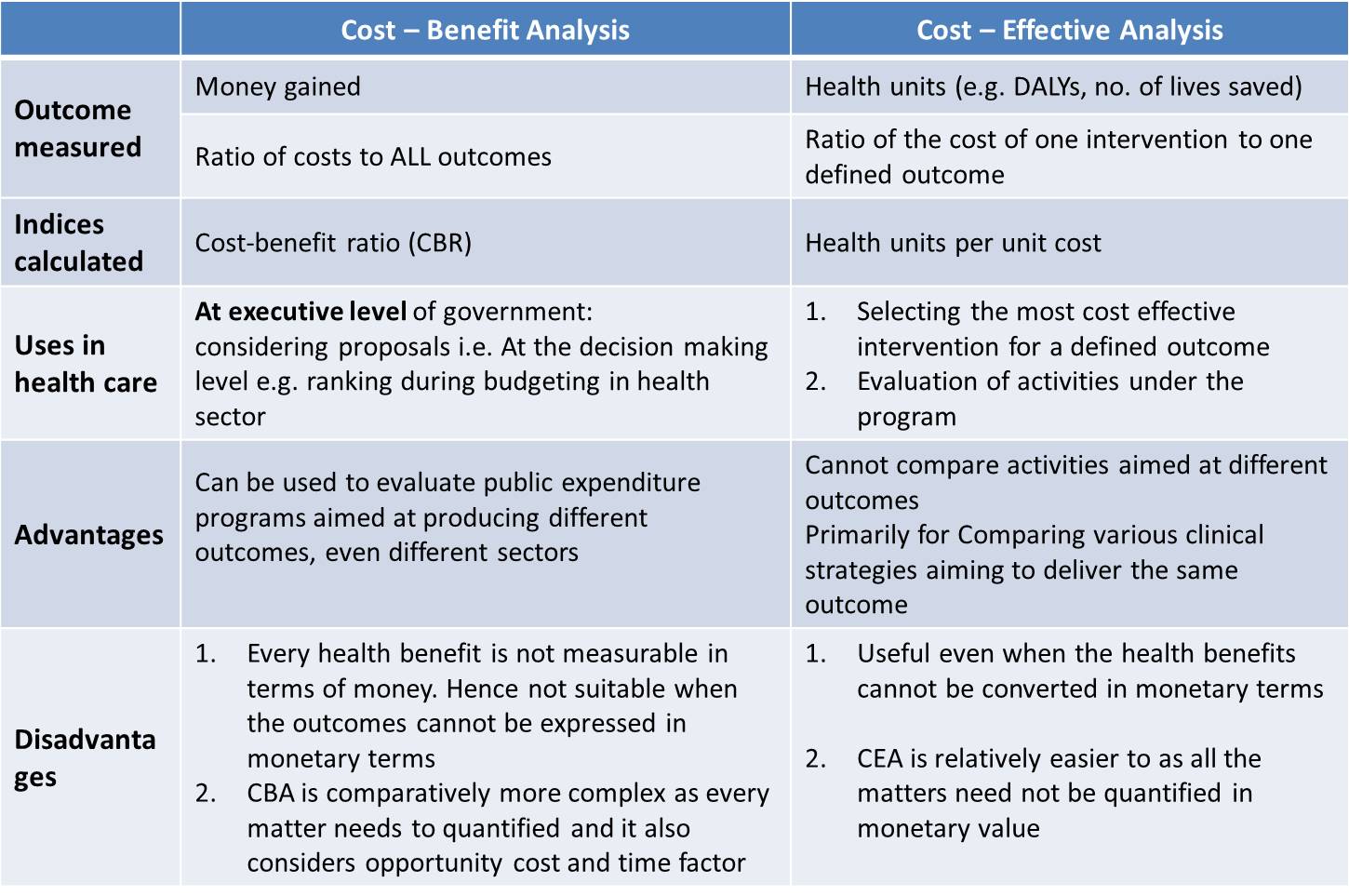Cost-Efficiency Analysis of CDN Providers

Key Considerations:

- Bandwidth Costs: The amount of data transferred per month at a specific price.
- Edge Server Locations: The number and geographical distribution of servers that deliver content to end-users.
- Caching Capabilities: The ability of the CDN to store and serve content from multiple locations.
- Scalability: The ability of the CDN to handle increased traffic without significant performance degradation.
- Security Features: Measures taken to protect against data breaches and cyberattacks.
- Customer Support: The level of support provided by the CDN provider, including response times and technical expertise.
Cost Analysis:

1. Bandwidth Costs:
- Calculate the estimated monthly bandwidth usage based on website traffic and content size.
- Compare providers based on their bandwidth pricing per gigabyte or terabyte.
- Consider any volume discounts or tiered pricing options.
2. Server Locations:
- Determine the geographic regions where your target audience is located.
- Choose a CDN provider with edge servers in those regions to reduce latency and improve content delivery speeds.
- Evaluate the additional costs associated with more server locations.
3. Caching Capabilities:
- Assess the CDN’s caching mechanisms and the level of content cached.
- Consider the impact of caching on bandwidth costs and performance.
- Determine if the CDN supports content compression to optimize data transfer.
4. Scalability:
- Estimate potential traffic spikes or seasonal fluctuations.
- Choose a CDN that can handle increased demand without compromising performance.
- Evaluate the cost implications of scaling up or down the CDN infrastructure.
5. Security Features:
- Ensure the CDN provider adheres to industry security standards and employs encryption techniques.
- Evaluate the additional costs associated with enhanced security features.
Customer Support Analysis:
- Assess the CDN provider’s reputation and customer satisfaction ratings.
- Consider the availability of technical support and response times.
- Evaluate the cost implications of premium support or dedicated account managers.
Decision-Making Process:
- Determine the key performance indicators (KPIs) that are most critical to your business.
- Compare the CDN providers based on the cost, features, and support that best meet your requirements.
- Consider the potential impact on website performance, bandwidth usage, and customer satisfaction.
- Estimate the total cost of ownership (TCO) over the expected lifetime of the CDN service.
- Make an informed decision based on the cost-efficiency analysis and overall value proposition offered by each provider.## Analyzing The Cost-efficiency Of Different CDN Providers
Executive Summary
Content Delivery Networks (CDNs) have become indispensable for businesses looking to improve website performance, deliver content faster, and enhance user experience. With numerous CDN providers offering a range of features and pricing models, choosing the most cost-efficient provider can be a daunting task. This article provides a comprehensive analysis of the cost-efficiency of different CDN providers, empowering businesses to make informed decisions based on their specific needs and budget.
Introduction
CDNs play a crucial role in distributing content, such as images, videos, and scripts, across multiple servers globally. By caching content closer to end-users, CDNs reduce latency, improve loading speeds, and ensure a seamless user experience. However, with varying pricing structures and service offerings, evaluating the cost-efficiency of different CDN providers is essential for optimizing website performance without breaking the bank.
FAQs
-
What factors influence CDN pricing?
- Number of requests
- Data transfer volume
- Data storage
- Features and services
-
How can I calculate the cost-efficiency of a CDN provider?
- Determine the total monthly cost
- Estimate the number of requests and data transfer volume
- Calculate the cost per request and per gigabyte
-
What are some tips for reducing CDN costs?
- Optimize website content for faster loading
- Use a CDN with a pay-as-you-go pricing model
- Explore free or low-cost CDN options
Top 5 Subtopics to Consider When Evaluating CDN Cost-efficiency
1. Pricing Models
Description: CDN providers offer various pricing models, including:
- Pay-as-you-go: Pay based on actual usage
- Flat-rate: Pay a fixed monthly fee regardless of usage
- Tiered: Pay different rates based on usage levels
Important Considerations:
- Predictability: Flat-rate plans provide more predictability, while pay-as-you-go plans can be cost-effective for low-traffic websites.
- Scalability: Tiered plans allow for scaling usage and costs as traffic grows.
2. Features and Services
Description: CDNs offer a range of features and services that can affect cost, including:
- Caching: Caching strategies impact performance and storage costs.
- Security: Features like SSL certificates and DDoS protection can increase cost.
- Monitoring and analytics: Real-time monitoring and reporting tools provide insights into CDN performance but can incur additional charges.
Important Considerations:
- Essential vs. optional features: Determine which features are crucial for your website.
- Cost-benefit analysis: Evaluate if the potential benefits of a feature justify the additional cost.
3. Network Performance
Description: CDN network performance can impact cost and website performance. Factors to consider include:
- Global reach: CDNs with a wider network can deliver content faster and from more locations.
- Latency: The time it takes for content to reach end-users affects user experience.
- Redundancy: Multiple data centers and network connections ensure high availability and reliability.
Important Considerations:
- Target audience location: Choose a CDN with a strong presence in your target regions.
- Website traffic patterns: Understand your website’s peak traffic hours and areas with high latency.
4. Customer Support
Description: Reliable customer support is crucial for troubleshooting and ensuring CDN performance. Consider:
- Availability: 24/7 support is essential for immediate assistance.
- Response time: The speed at which support requests are addressed can minimize downtime.
- Technical expertise: Support agents should have the knowledge to resolve complex issues effectively.
Important Considerations:
- Business hours impact: Consider your website’s operating hours and customer support availability.
- Need for proactive support: Some businesses prefer pro
